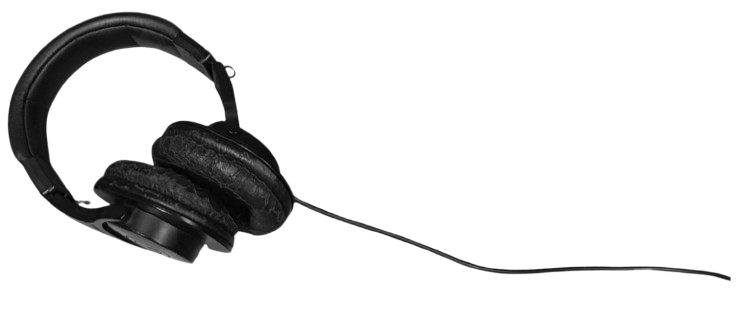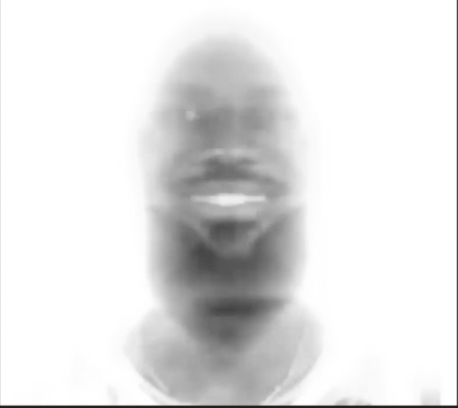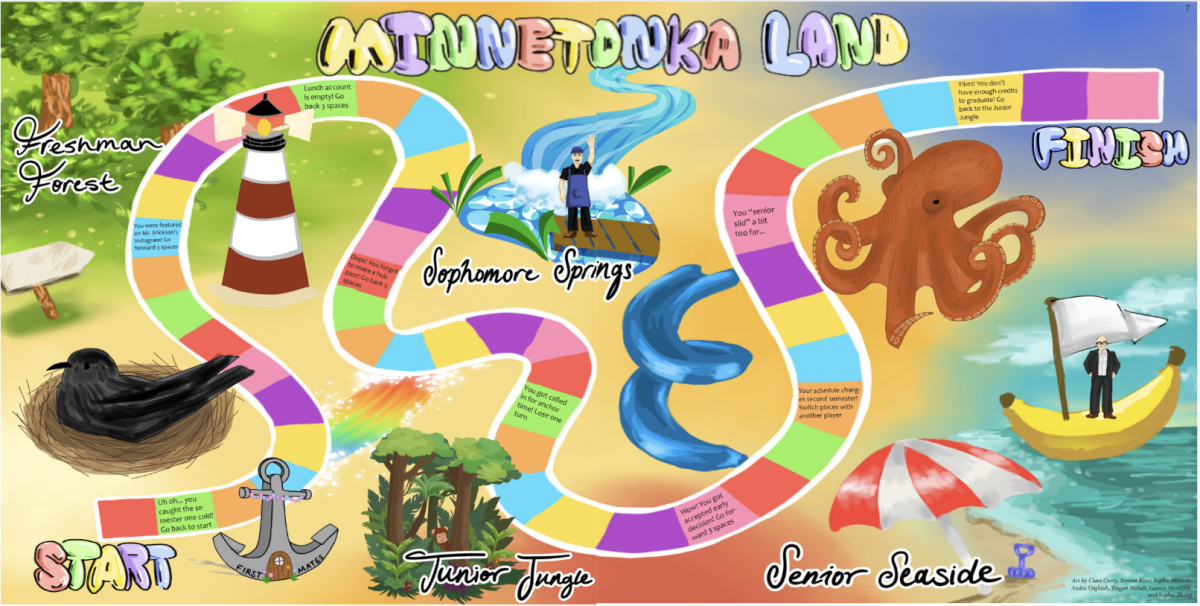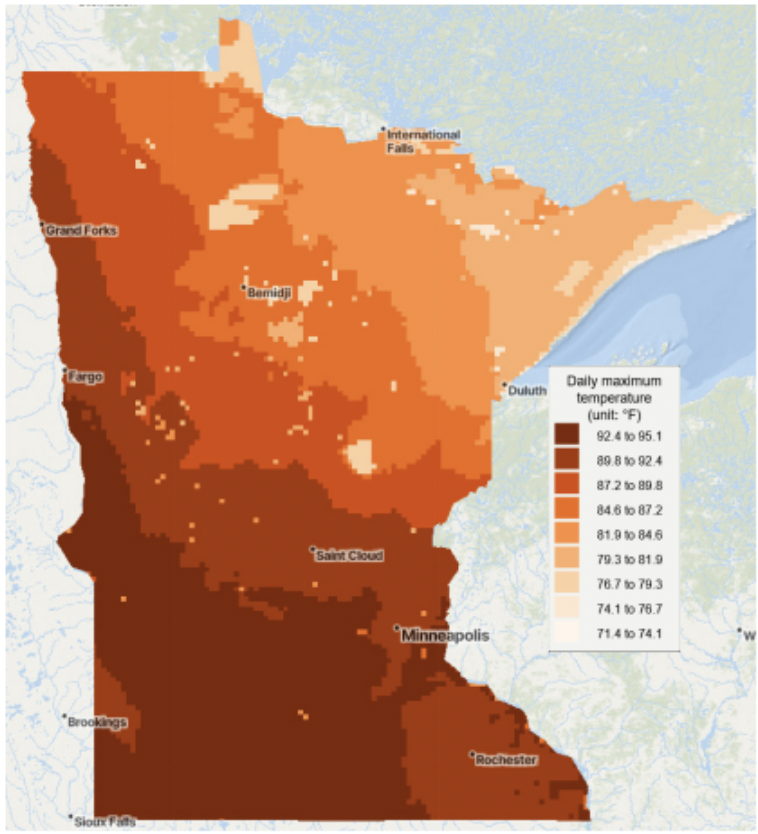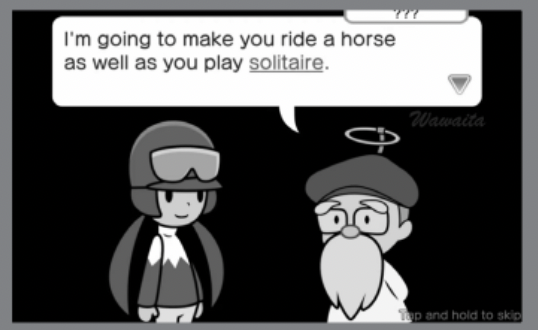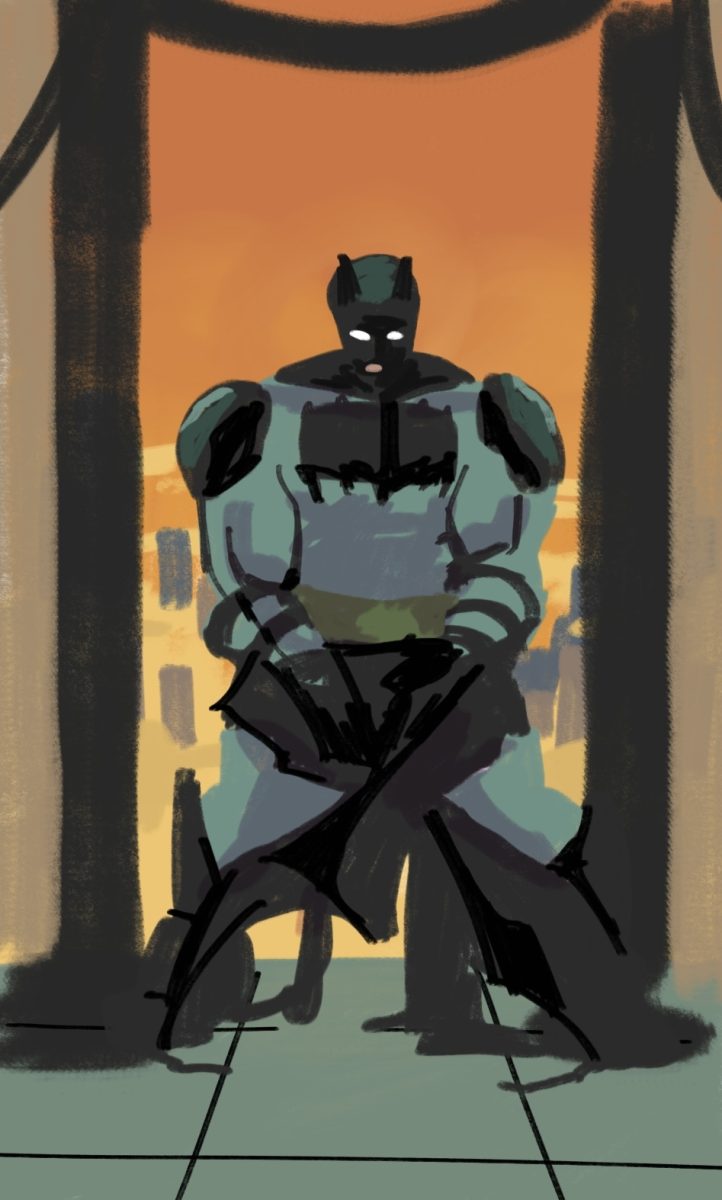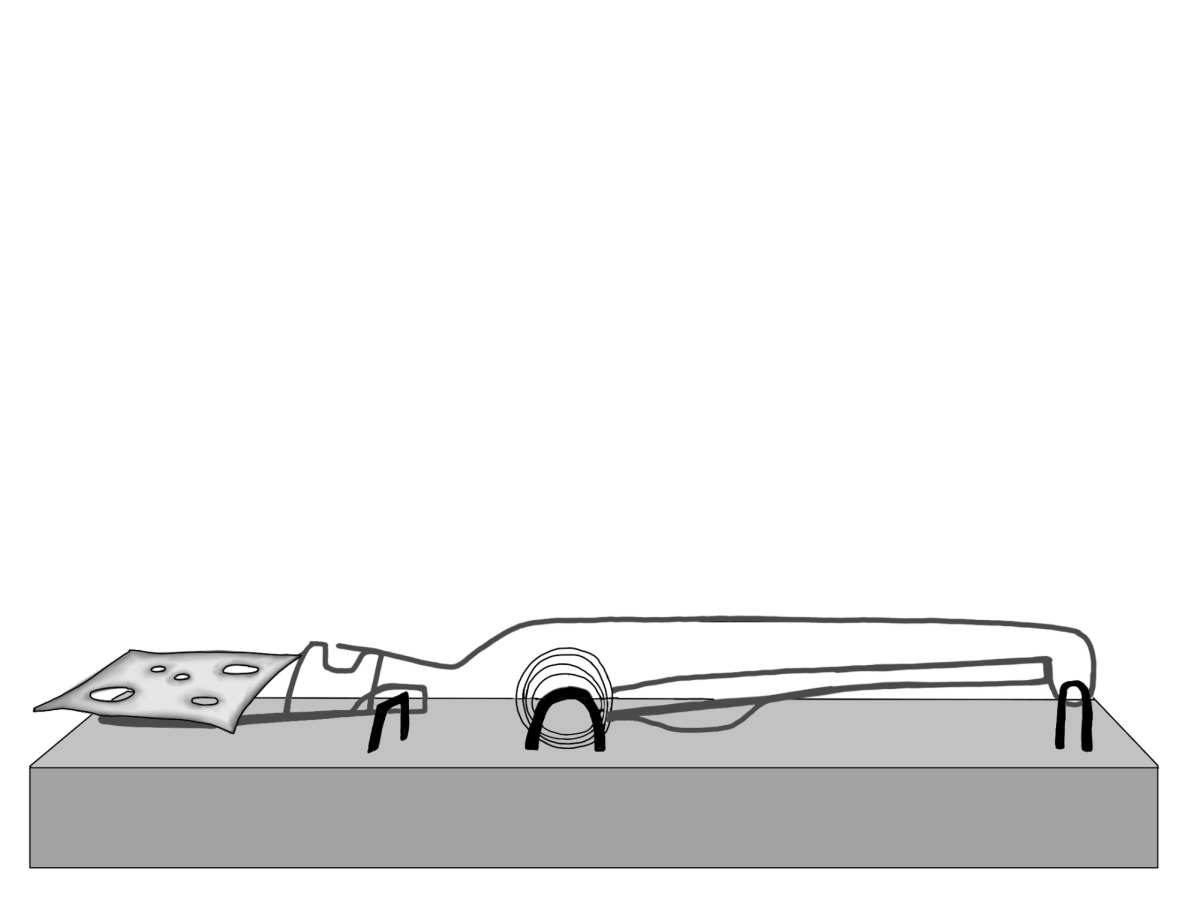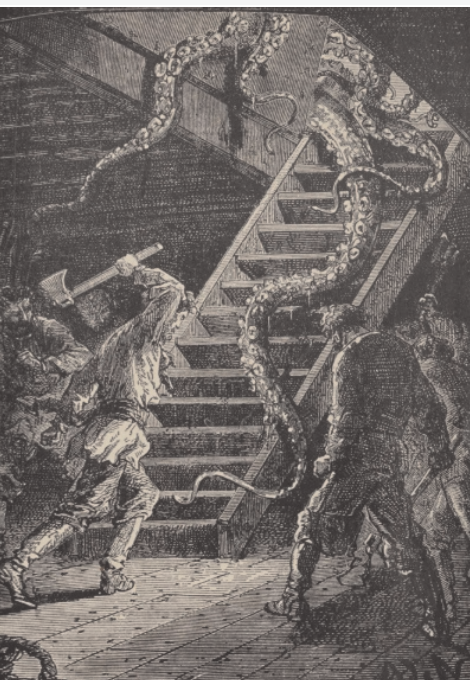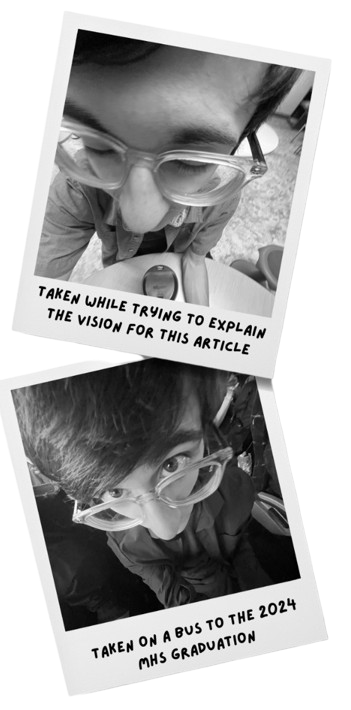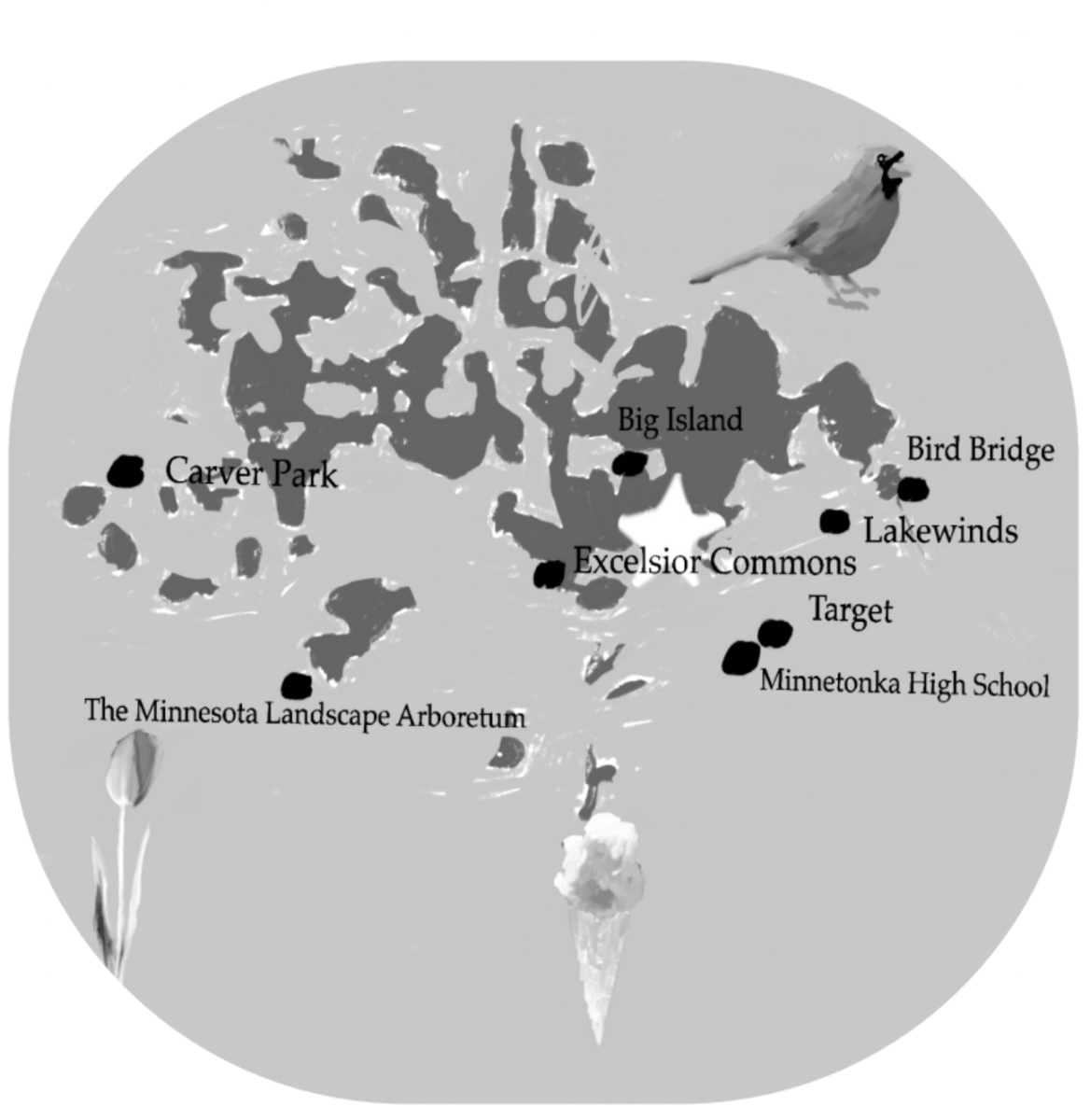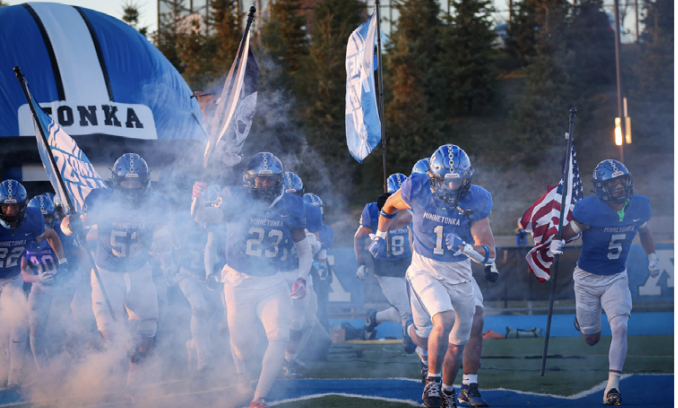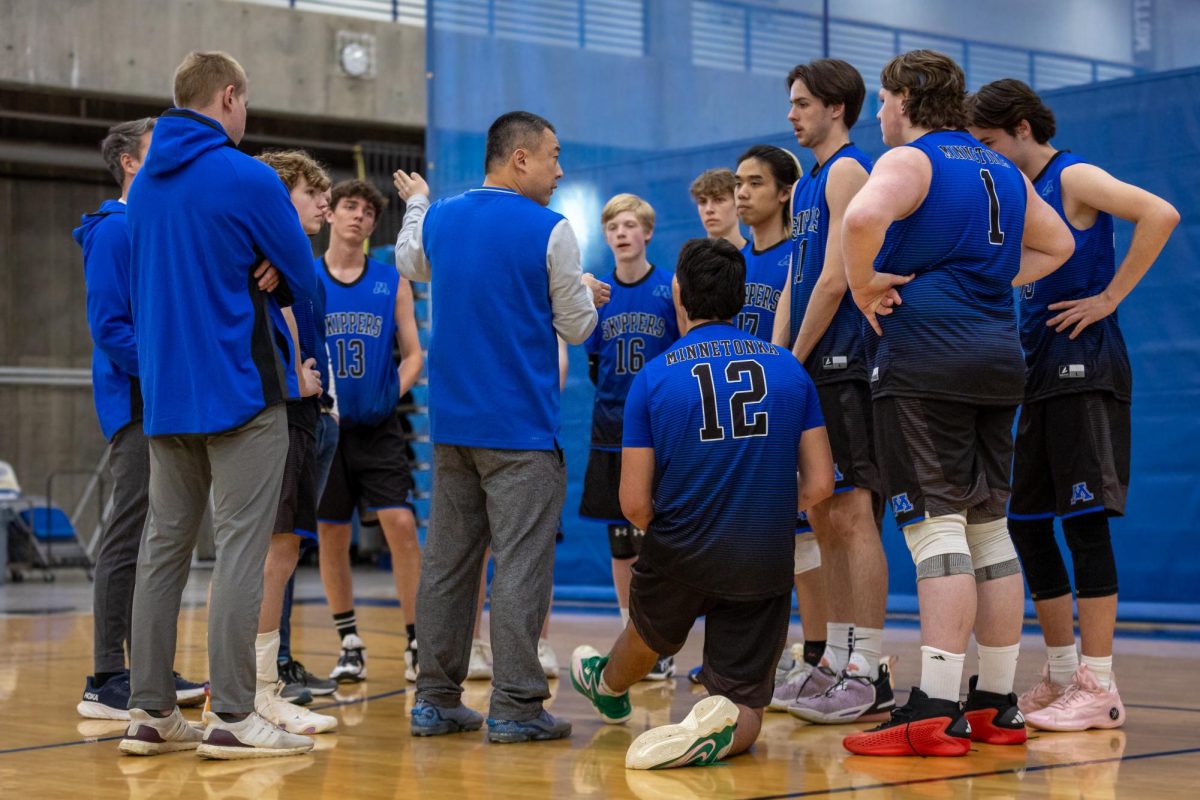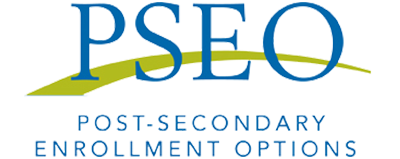Post-Secondary Enrollment Option: Another Way to Receive College Credit
October 27, 2017
The Post-Secondary Enrollment Option (PSEO) is offered to all Minnetonka juniors and seniors who fit the requirements to enter the program and are interested in receiving college credit that is different from AP or IB courses. Some tenth graders are also eligible to take one Career and Technical Education course through the program. PSEO students take courses on actual college campuses while they are still high school students, and the cost of tuition and textbooks is covered by the State of Minnesota.
Students can choose to do either full-time or part-time PSEO, depending on what courses they are interested in taking. For example, Elise Johnson, ‘19, is part-time at Normandale Community College, where she is taking pre-calculus through the program. Being part-time means that she still takes other classes at MHS, but doesn’t have a full course load.
“I know someone who did both PSEO and AP/IB, and said that all their PSEO classes counted towards college credit, but not all of the AP or IB classes did. So I chose PSEO because I wanted to earn college credits that were more likely to transfer,” Johnson said when asked about why she chose to do PSEO.
It should be noted that depending on where students choose to do PSEO, their credits might not be transferrable to every college or university, and if they want to transfer they should work with a college counselor to assist them in the transfer process.
College advisor Phil Trout says that “MHS offers a lot of challenging and rigorous courses. PSEO is an opportunity for a currently-enrolled high school student to take a course or several courses so it’s always up to the students to determine what’s a better fit, what’s a better setting, but it depends on the student. The typical MHS student is part-time, doing one or two classes at PSEO, which is not better or worse.”
If students are considering the Post-Secondary Enrollment Option, they should remember that they would be taking actual college-level courses, which are a lot more rigorous than a general class here at Minnetonka. If students are not good at studying or managing their time, they could easily struggle in the program. All the grades received from PSEO courses go down permanently on actual college or university transcripts.
When registering for courses, students also must make sure they are meeting the requirements for high school graduation. For example, if a student decides to do PSEO their senior year of high school, they have to make sure to sign up for an English class so that they can get the four years of English required to graduate from MHS. A student’s guidance counselor can also help them make sure they are on track to graduate.
Trout also notes that “AP is not for everybody, IB is not for everybody, Research is not for everybody, and PSEO is the exact same. One situation is not better than the other, but it depends on the student on what is best for them.”
In summary, if students are able to commute to a college that offers PSEO and fit the general admission requirements, they should talk to their guidance counselor to see if it is an option that is right for them. Just like Advanced Placement or International Baccalaureate, it might not be a good fit, but it is something that everyone should know about and consider if it interests them.


